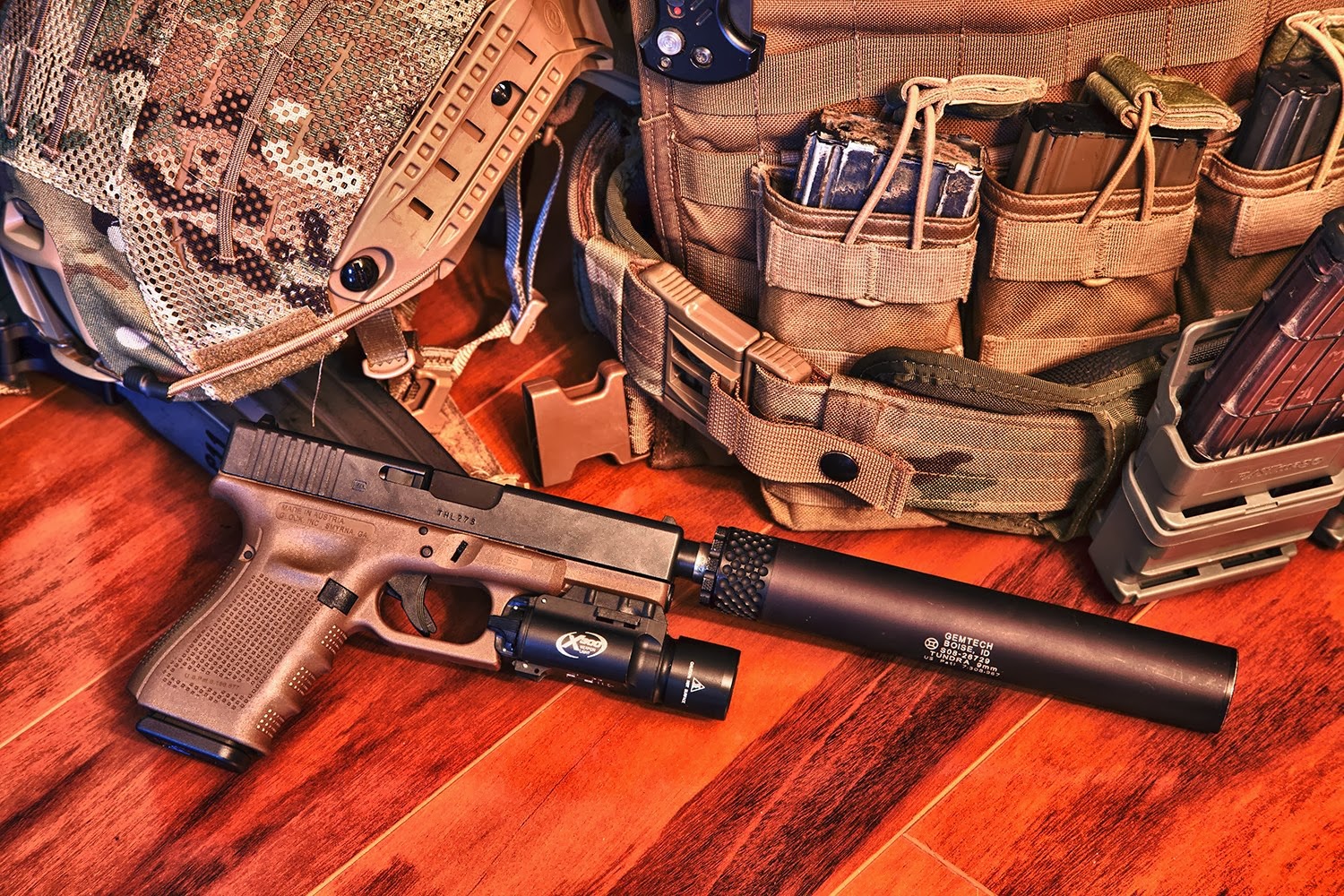I don't claim to be an expert on everything, everywhere. There are a great deal of firearms I have no shooting experience with, and others that I haven't even ever had in my hands. But, being a gun dealer for two and a half years, at the time of this writing, has exposed me to a great deal of what is out there. Since it is, as one might expect, often a "kid in a candy shop" sort of situation for a gun enthusiast to be surrounded by hundreds of firearms day in and day out, I have a bit of a collection, myself, now. So, while I may not have the ability to recall the days when they introduced the .44 Magnum to compare it with the introduction of whatever new cartridge that's been produced, I am, in my humble opinion, far from ignorant or inexperienced when it comes to firearms. Thus, while this is not the writing of a Gun Guru, it is based upon experience.
As I've noted in other reviews, when I was initially building my collection of firearms, my initial plan was to get a gun in each of the well-known and respected handgun cartridges. Where I deviated from this was in the selection of a Big Bore Magnum cartridge. I felt it might be a bit redundant to have all of them, at least to start with, so I set about choosing one. I'd heard encouraging things about the recoil of .480 Ruger, I quickly found out that .475 Linebaugh wasn't a very commonly chambered cartridge, but it was the .454 Casull that really caught my eye.
For some reason, the fact that it was described as having a sharper recoil than other Big Bore cartridges only enticed me more. It was really, however, the revelation that a .454 Casull handgun could also safely fire .45 Colt that made me want it the most. I have a thing for a single gun that can fire more than one type of ammunition. So, scouring the websites of manufacturers, it came down to two guns, the Ruger Super Redhawk, and the Taurus Raging Bull. I'd like to say I chose the latter only because it had porting, but I also liked the less traditional look of it.
But, I'm a bit of a realist, in that I figured it might be too much of a jump to just buy a .454 Casull, so I arranged my purchases so that I would built up to it, getting myself used to higher amounts of recoil before finally getting a .454 Casull.
Which meant that I eventually had to get a .44 Magnum. This I was originally going to get in something a little different, but that little different something was discontinued, and I discovered that it had been so for some time. So, I bought a Raging Bull, got used to the .44 Magnum recoil and then bought another Raging Bull in .454 Casull.
The Raging Bull, when considering the entire family of them, is a pretty extensive catalogue of firearms. Barrel lengths from two inches up to ten inches have been produced. Mine are eight inchers. They've been chambered in .357 Magnum, .44 Magnum, .454 Casull, .480 Ruger, and .500 S&W Magnum, with varying degrees of success.
They're all ported. They all come standard with cushiony grips. Those two features really do make a world of difference, I've discovered. I also have a .50 AE Desert Eagle, which my brother and I calculated the recoil to be between .44 Magnum and .454 Casull in energy. In reality, the felt recoil of the .454 Casull had been so tamed that the unported, cushionless Desert Eagle really surprised me with how fierce it feels.
I've only had two problems with these guns:
One is that my fingers are almost too short to properly use the gun in double-action, so I can't confidently use my .454 Casull for the "practical purpose" I'd come up with for the gun, which was anti-grizly defense. I do, though, have some relatively small hands.
The other is that, with the .454 Casull, some hot loads cause the firing pin to get lodged in the primer crater, I suspect because of the gap around the firing pin. This is dealt with by A.) not using the hotter loads, and B.) using tougher primers.
Additionally, not so much a problem as an interesting tidbit that can be useful to know, the barrels of these guns are made such that there is a point where the bore ends about an inch before the barrel does, where it opens up into a wider area where the ports are, then comes back down to the diameter (or thereabouts, I've never bothered to measure) of the bore. So, I have been very reluctant to try shooting all lead bullets through it, for fear of lead shaving off in there and building up.
Source : http://www.gunwalker.com/reviews/TaurusRagingBull.html

.png) Hire Us
Hire Us































.jpg)
.jpg)

















